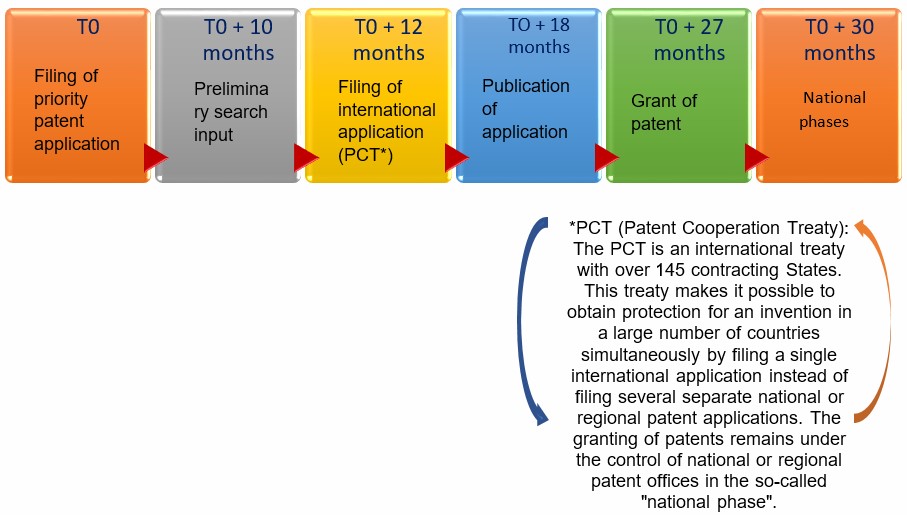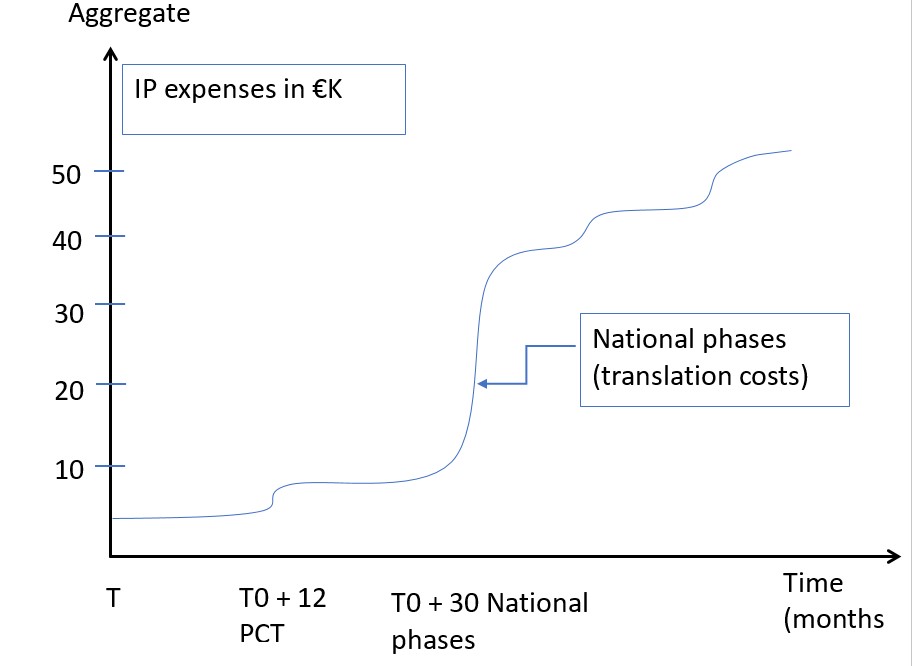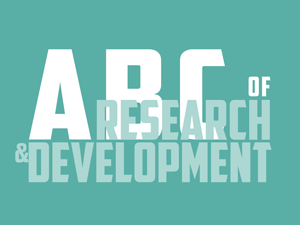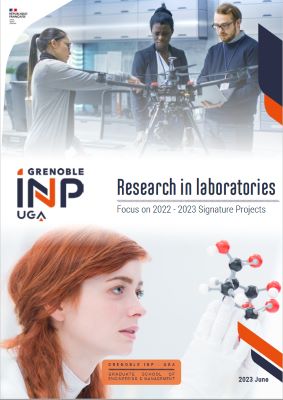article written by Wahiba ROBERT
A patent is a property title that protects an invention (a technical innovation, i.e., a product or a process that provides a new technical solution to a given technical problem). It gives its owner an exploitation monopoly for a period of 20 years, i.e., the right to prohibit others from exploiting (using, manufacturing, importing, etc.) the invention without its authorisation.
The patent has several elements:
- A summary of the invention
- The descriptive part: it presents the state of the art, the contribution of the invention, the invention itself
- The drawings
- The claims: they duly define the legal scope of a patent and therefore delimit the exploitation monopoly held by its holder.
Why protect an invention?
The protection of an invention by a patent is part of a more global approach to developing the research results (own or collaborative) carried out within a laboratory with a view to encouraging their transfer to the socio-economic world. The exploitation of a patent generates income for its owner(s). Decree 2005-1217 of 26/09/2005, as amended, sets the terms and conditions for inventors’ profit-sharing of the exploitation revenues received by the employer (50% divided among the inventors).
The concepts of owner and inventor
The patent distinguishes between the patent owner(s) on the one hand and the inventor(s) on the other.
Owner(s) or holder(s):
(Article L.611-7 of the Intellectual Property Code) The rights to a patentable invention developed by a public official in the context of his or her research activities are vested in the employing institution. In practice, if several public officials from different employers have contributed to the invention, ownership will be shared between the employers.
Inventor(s):
An inventor is a person who has contributed to the conception of the invention as claimed in the main or secondary claims (new combination of means, new application of a known means, etc.) or at least to one of its essential elements making an inventive contribution to the state of the art. The inventor is not only the one who has a general idea. He is the one who transforms the idea into a combination of means responding to a specific technical problem. Only those who are personally involved in the realization of the invention are inventors. This differs from the practice of scientific publications, in which the authors may include the scientific director who has given general guidelines. Important: The designation of inventors in a patent application is a legal act which is not without consequences. It is essential to name the true inventor(s) in the patent, as a false designation may have the legal consequence of losing the patent.
What are the criteria for patentability?
1. The invention must be new, i.e., nothing identical has ever been made available to the public by any means (written, oral, use, etc.), anywhere, anytime. Nor must it correspond to the content of a patent that has been filed but not yet published
2. The invention must involve an inventive step, i.e., it cannot be obvious to a person skilled in the art from the prior art
3. The invention must be amenable to an industrial application, i.e., it can be used or made in any kind of industry.
Should I choose between publishing and patenting?
Patenting is not opposed to publication. However, in order to meet the first patentability criterion mentioned above, publication must take place after the patent has been filed (as soon as the disclosure authorisation is received, i.e., approximately 4 to 6 weeks after filing). For information, the content of a patent remains secret between the date of filing of the application and the date of publication which occurs 18 months after the filing date. During this period, we recommend that you communicate the information under a confidentiality agreement. Contact the DRIVE IP officer.
Patent steps:

Filing of priority patent applications
How much does it cost?

Source
Your contact at DRIVE:
If you wish to protect an invention by patent, we invite you to contact the institution's intellectual property officer: Yoann Miccoli yoann.miccoli@grenoble-inp.fr – 04 76 57 43 09)




